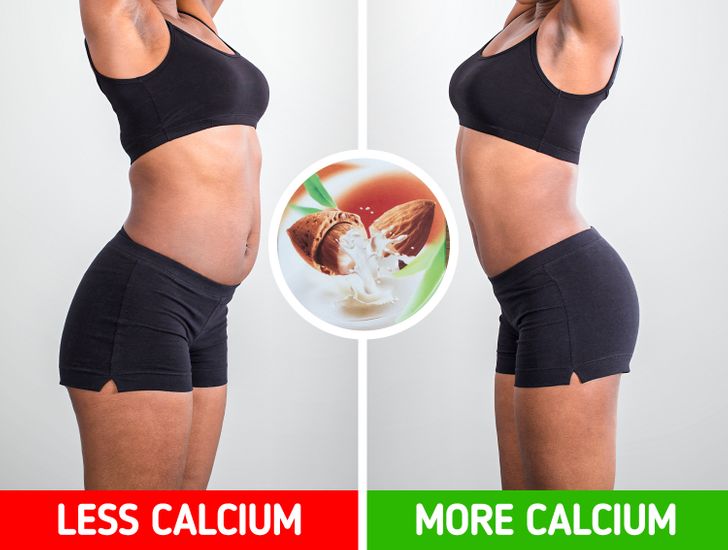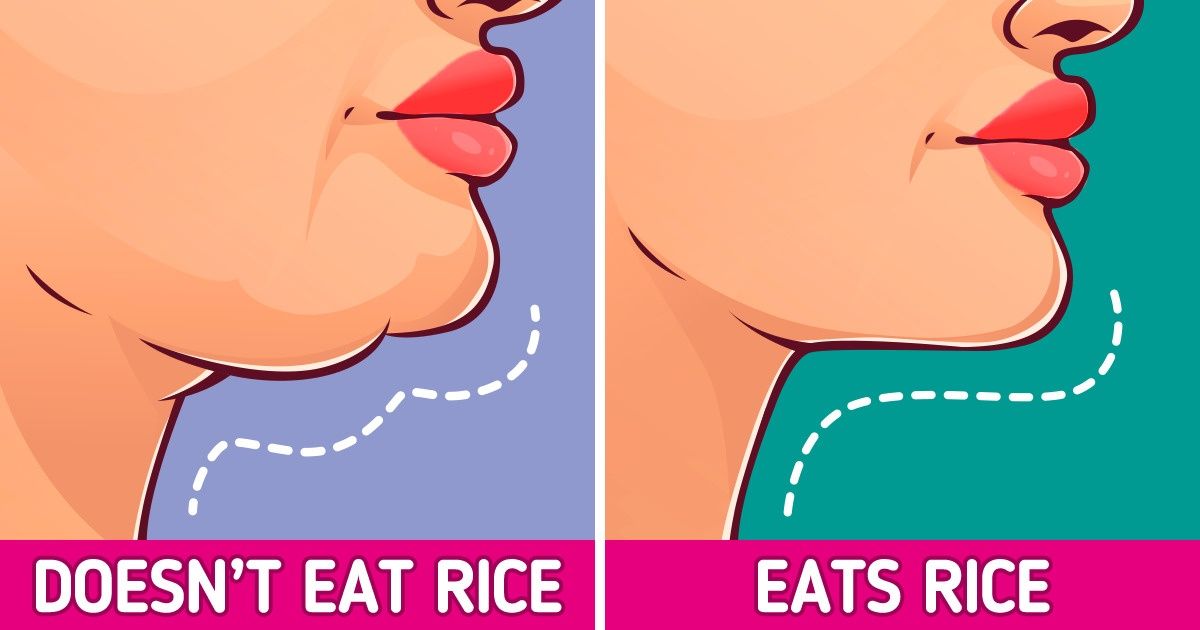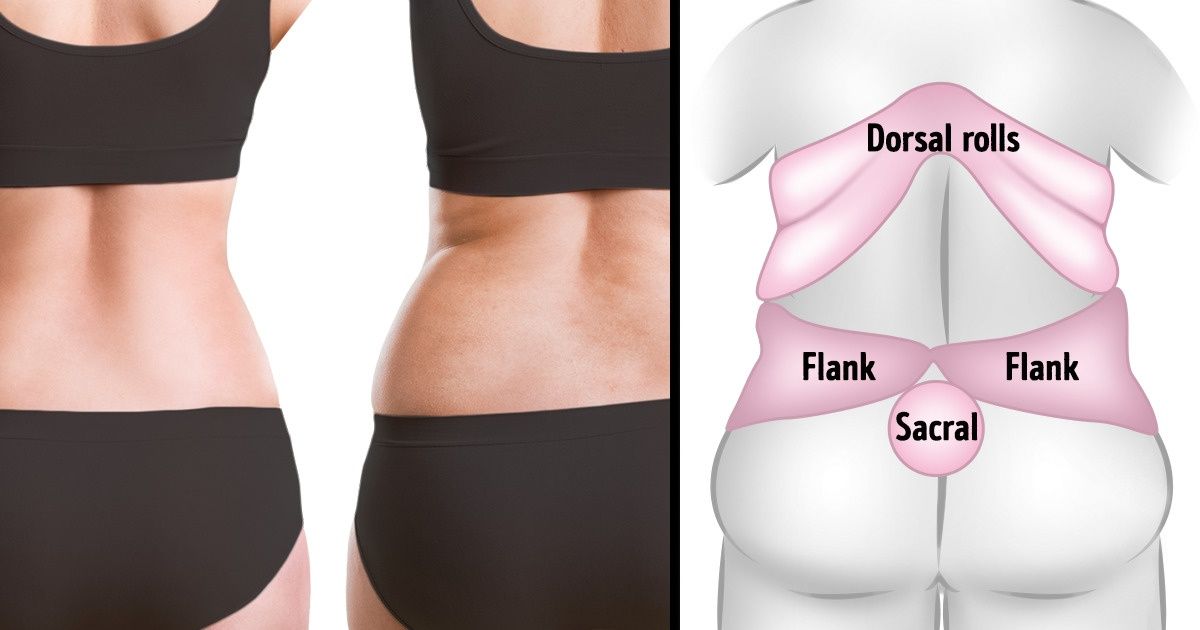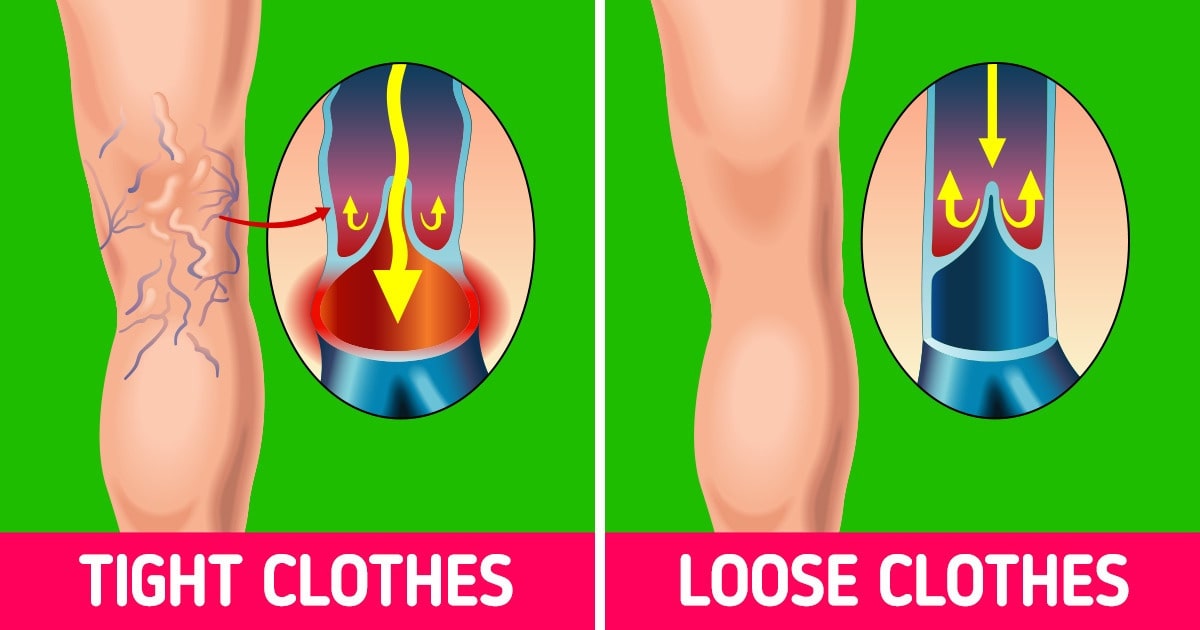Weight management is a constant challenge for many, and while most focus on overt causes like overeating or inactivity, there are subtle daily habits that might be sabotaging your efforts. In this article, we explore 7 daily habits that discretely make you gain extra pounds. These behaviors might seem healthy or neutral at first glance, but they can quietly contribute to weight gain over time.
We’ll break down each habit, explain the science behind why they can cause extra pounds, and offer practical advice for healthier alternatives. Let’s delve into the seven surprising habits that could be making it harder for you to maintain a healthy weight.
You’re Obsessed With Avocados: The Calorie Conundrum of a ‘Healthy’ Superfood

Avocados are often hailed as a nutritional powerhouse, loaded with healthy fats, fiber, and vitamins. However, while they offer numerous health benefits, being overly obsessed with avocados can contribute to extra calorie intake without you realizing it.
The Hidden Caloric Impact
High Caloric Density:
Despite their many health benefits, avocados are calorie-dense. A single avocado contains around 240 calories. Regularly adding large portions to your meals or consuming them as frequent snacks can lead to a surplus in daily caloric intake.
Portion Control Issues:
When you consider avocados as a “healthy” food, you might overlook the importance of portion control. Overeating any high-calorie food, even one as nutritious as an avocado, can contribute to weight gain if not balanced with other food groups.
Nutritional Balance:
While avocados provide healthy monounsaturated fats, relying too heavily on them might mean you’re missing out on a variety of other nutrient sources that offer lower calorie counts per serving.
How to Enjoy Avocados Wisely
Monitor Overall Caloric Intake:
Incorporate avocados into a balanced diet where total daily calories are monitored. For more details on calorie tracking, visit Healthline’s guide on calorie counting.
Measure Your Portions:
Stick to a quarter or half an avocado per meal rather than an entire fruit.
Pair with Low-Calorie Foods:
Use avocados as a topping on salads or as a spread on whole-grain toast, combining them with fiber-rich foods to boost satiety.
You Ignore Lunchtime: Skipping Meals and Its Metabolic Impact

Skipping lunch or frequently delaying your mealtime might seem like a good strategy to reduce calorie intake, but it can have unintended consequences on your metabolism.
The Downside of Skipping Meals
Metabolic Slowdown:
When you skip meals, especially lunch, your metabolism can slow down as your body enters a conservation mode. This adaptive response can lead to more efficient fat storage later in the day.
Increased Hunger and Overeating:
Missing a regular meal often results in extreme hunger, leading to overeating during subsequent meals. This binge-eating behavior can result in a higher overall caloric intake, negating any perceived benefits of skipping a meal.
Blood Sugar Fluctuations:
Irregular eating patterns can cause spikes and crashes in blood sugar levels, contributing to cravings for high-sugar and high-fat foods that can further add to weight gain.
Strategies for a Healthy Lunchtime Routine
Keep Healthy Snacks Ready:
If you’re on the go, have healthy snacks available to avoid prolonged periods without food. For more on the importance of regular meals, see WebMD’s tips on meal frequency.
Plan Balanced Meals:
Aim to have a balanced lunch that includes lean proteins, complex carbohydrates, and healthy fats. This approach can stabilize blood sugar levels and prevent overeating later.
Set a Regular Schedule:
Establish a regular lunchtime to help maintain metabolic consistency throughout the day.
You Prefer Skinny Jeans: The Posture and Circulation Connection

While skinny jeans are a fashionable choice, wearing them frequently can impact your circulation and posture, potentially affecting your overall activity levels and metabolic health.
The Hidden Impact of Tight-Fitting Clothing
Restricted Circulation:
Tight clothing, such as skinny jeans, can restrict blood flow, especially in the lower extremities. Poor circulation may lead to discomfort and reduced physical activity, both of which can contribute to weight gain.
Postural Strain:
Constantly wearing tight jeans can affect your posture, leading to discomfort and chronic pain. This strain may discourage you from moving around, reducing the number of calories you burn daily.
Comfort vs. Fashion:
While fashion is important, it’s crucial to balance style with comfort. Prioritizing clothing that supports healthy circulation and posture is essential for maintaining an active lifestyle.
Tips for Balancing Fashion and Health
Listen to Your Body:
Pay attention to any signs of discomfort or restricted movement, and adjust your wardrobe choices accordingly. For more advice on healthy clothing choices, visit Healthline’s ergonomics tips.
Alternate with Looser Fits:
Consider alternating your wardrobe with looser-fitting pants or leggings that offer more room and better circulation.
Incorporate Movement Breaks:
If you must wear skinny jeans, take regular breaks to stretch and walk around to boost circulation.
You Switched to Almond Milk: Not All ‘Healthy’ Choices Are Calorie-Free

Almond milk has become a trendy alternative to dairy, thanks to its lower calorie content and appeal to those with lactose intolerance. However, switching to almond milk can sometimes be a double-edged sword if it leads to unintended dietary imbalances.
Understanding the Caloric and Nutritional Profile of Almond Milk
Hidden Calories and Sugars:
While unsweetened almond milk is low in calories, many popular brands add sugars and flavorings that increase the calorie content. Consuming these flavored versions can inadvertently lead to extra calorie intake.
Nutrient Discrepancies:
Almond milk does not provide the same protein and calcium content as cow’s milk unless fortified. Relying solely on almond milk might result in nutritional gaps that can affect your overall metabolism and energy levels.
Misleading ‘Healthy’ Label:
The perception of almond milk as a health food can lead to overconsumption, particularly when it’s included in multiple meals or snacks throughout the day.
Making Informed Choices About Milk Alternatives
Moderate Consumption:
Be mindful of your overall calorie intake, even when consuming “healthy” alternatives like almond milk. For more nutritional advice, check out Harvard Health’s nutrition tips.
Read Labels Carefully:
Opt for unsweetened almond milk to avoid unnecessary sugars and calories.
Diversify Your Diet:
Ensure that your diet includes other sources of protein and calcium, such as leafy greens, nuts, and fortified products.
You Avoid Carbs and Fats: The Perils of Extreme Dietary Restrictions

In the quest for quick weight loss, many adopt extreme diets that eliminate entire macronutrient groups, such as carbohydrates and fats. While this might seem effective in the short term, such restrictive eating habits can lead to metabolic imbalances and eventually, weight gain.
The Dangers of Cutting Out Essential Nutrients
Metabolic Disruption:
Carbohydrates and fats are essential for proper metabolic functioning. Cutting them out can lead to a slowdown in metabolism as your body adapts to conserve energy, potentially resulting in weight gain over time.
Nutrient Deficiencies:
Both carbs and fats are vital sources of energy and nutrients. Carbohydrates fuel your workouts and daily activities, while fats are crucial for hormone production and brain health. Without them, your body may struggle to function optimally.
Binge Eating:
Extreme restrictions can lead to intense cravings and eventual binge eating, which often results in a higher overall calorie intake than before the diet began.
Tips for a Balanced Diet
Consult a Nutritionist:
Consider seeking advice from a nutrition expert to develop a balanced eating plan that meets your individual needs. For more on balanced diets, visit Dietitian’s guide on balanced nutrition.
Embrace Moderation:
Instead of eliminating carbs and fats entirely, focus on incorporating healthy sources, such as whole grains, fruits, vegetables, avocados, and nuts.
Balanced Meal Planning:
Create meals that include a balance of macronutrients to support sustained energy levels and proper metabolic function.
You’re Too Harsh on Your Body: The Impact of Over-Exercising and Under-Feeding

A common misconception among those trying to lose weight is that extreme exercise combined with very low-calorie diets is the fastest route to success. However, being too harsh on your body can backfire by slowing down your metabolism and leading to weight gain.
The Cycle of Over-Exercising and Under-Feeding
Metabolic Slowdown:
Over-exercising without adequate nutrition can cause your body to conserve energy, resulting in a slower metabolism. This adaptive response can ultimately make weight loss more difficult and lead to unwanted weight gain.
Muscle Loss:
Extreme caloric restriction can lead to muscle loss, which further slows your metabolism since muscle tissue burns more calories than fat.
Increased Stress Hormones:
Excessive exercise and inadequate nutrition can elevate stress hormones like cortisol, which are linked to weight gain, particularly around the midsection.
Creating a Sustainable Fitness and Nutrition Plan
Listen to Your Body:
Recognize the signs of overtraining and adjust your routine accordingly. For more on sustainable exercise, visit Mayo Clinic’s fitness guidelines.
Balance is Key:
Focus on moderate exercise routines that are sustainable in the long term. Combine physical activity with a well-rounded, calorie-appropriate diet.
Prioritize Recovery:
Allow your body time to recover between workouts, and ensure you’re consuming enough nutrients to support muscle repair and metabolic health.
You Go for “Zero Sugar”: The Hidden Calorie Pitfall of Sugar-Free Alternatives

In an era dominated by the quest for “zero sugar” products, many people switch to artificially sweetened foods and beverages. While these products might seem like a healthy choice, they can sometimes lead to unexpected calorie intake and weight gain.
The Reality of Sugar-Free Products
Hidden Calories:
Not all “zero sugar” products are truly calorie-free. Some contain sugar alcohols or fats that can add extra calories without the sweetness, leading to a calorie surplus.
Increased Cravings:
Artificial sweeteners may trigger cravings for sugary and high-calorie foods, undermining your overall dietary efforts.
Metabolic Effects:
Some studies suggest that sugar substitutes can alter gut bacteria and insulin responses, potentially contributing to weight gain over time.
Making Smart Choices with Sweeteners
Read Product Labels:
Look beyond “zero sugar” labels to understand the full nutritional profile of the product.
Natural Sweeteners:
Consider using natural sweeteners like stevia or small amounts of honey, which might be better tolerated by your metabolism.
Moderation:
Use sugar-free products in moderation, ensuring they fit into a balanced, calorie-conscious diet. For further reading on artificial sweeteners, check out WebMD’s article on sugar substitutes.
Conclusion: Reevaluate Your Daily Habits for a Healthier You
Small, everyday habits can have a surprisingly big impact on your weight. Whether it’s an overindulgence in calorie-dense foods like avocados, skipping meals, choosing restrictive diets, or relying on sugar-free products, these behaviors might discreetly be contributing to extra pounds. By reassessing and adjusting these habits, you can take proactive steps toward achieving a balanced lifestyle and maintaining a healthy weight.
Adopting a more mindful approach to your daily routines—balancing nutrition, exercise, and self-care—can lead to significant improvements in your overall well-being. Remember, sustainable weight management isn’t about drastic changes overnight; it’s about making small, positive adjustments that add up over time.
For more expert advice on nutrition, exercise, and healthy lifestyle choices, visit reputable sources like Harvard Health Publishing and Healthline. Empower yourself with knowledge, and start making informed decisions that support your journey to better health and a more vibrant life.
By understanding these hidden triggers and taking action today, you’re well on your way to a healthier, more balanced future—one habit at a time. Embrace the change, and let these insights guide you toward a lifestyle that truly supports your goals for weight management and overall wellness.









